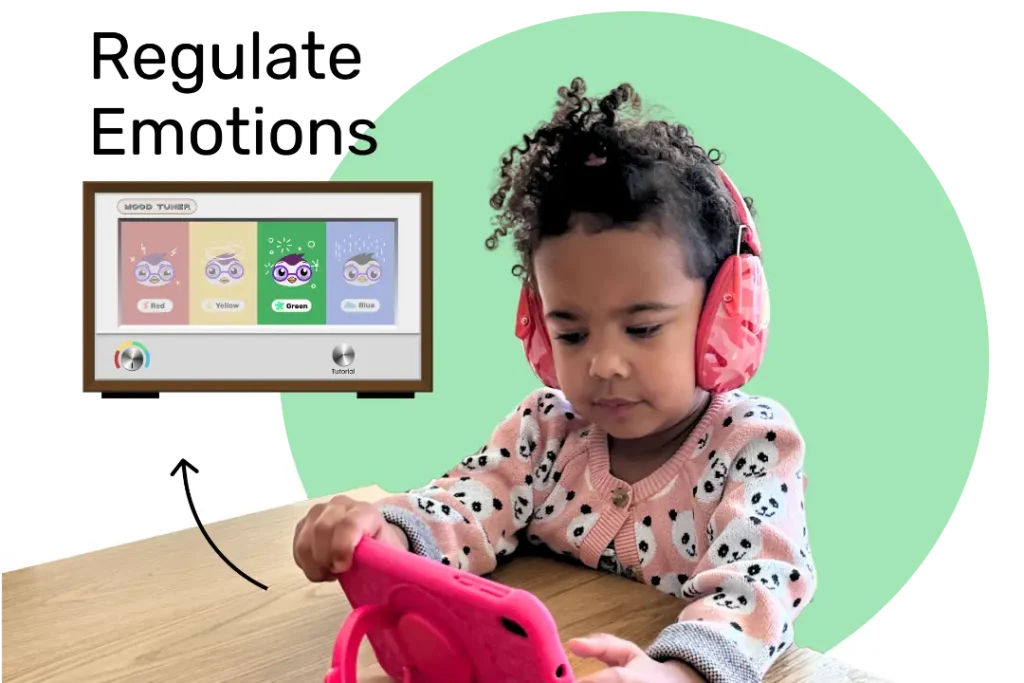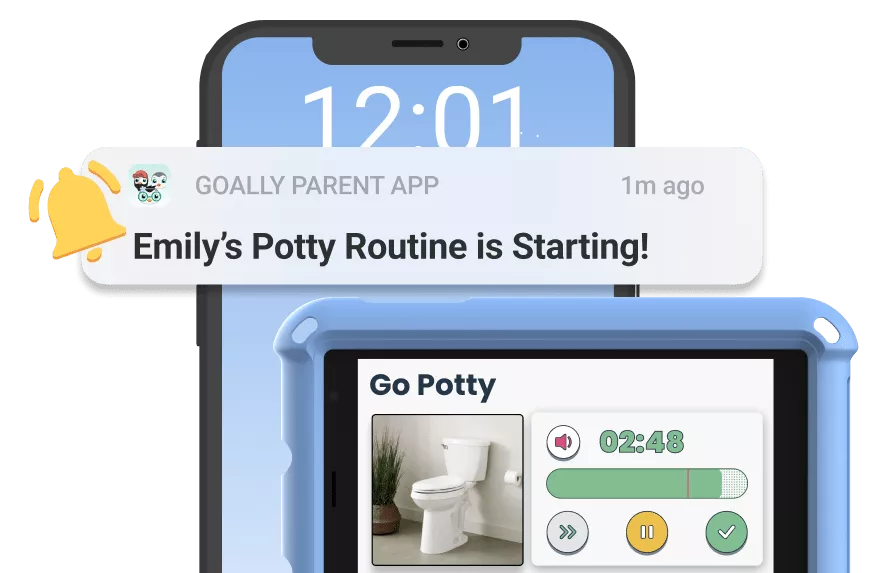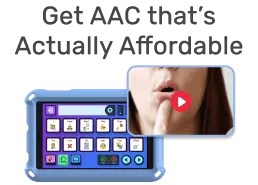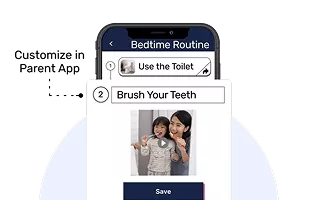As someone who works with children, I often recommend using feelings charts to help them control and understand their emotions. By tracking and processing their feelings, kids can learn to self-reflect and accurately label the emotions they experience. These charts not only teach children the terminology to describe their feelings but also enable them to communicate more effectively with adults. When children can articulate their emotions, it becomes easier for parents to support them in processing and managing those feelings.
Read more: Free Printable Behavior Worksheets
Table of Contents
Benefits of Using Feelings Charts
When children can quickly identify their emotions, they can begin to develop coping mechanisms. Learning these self-regulation strategies early in life can help set them up for success in the future. Our feelings charts help kids uncover and identify the causes of their emotions. Once a child has identified their triggers, they can begin to learn ways to reframe their thoughts to avoid outbursts and prevent meltdowns. This is an essential skill to develop at a young age to be better prepared for life’s challenges.
Read more: Free Printable Antecedent Behavior Consequence Charts
Of course, it’s important to approach this exercise with a positive and encouraging attitude. Your child may not always react to things in the most constructive way, but this is their opportunity to learn and improve their emotional reactions. With your support and guidance, they can develop the skills they need to manage their feelings in a healthy and productive way. Download your feelings charts below!
Help your child reflect on the causes of their emotions. It can be a really helpful exercise for both you and your little one. As a parent, you play a big role in your child’s emotional development, and how you handle your own emotions can set the tone for how your child processes their own feelings. Encouraging open discussions about emotions can foster a trusting and supportive environment, making your child feel more comfortable expressing themselves. Additionally, helping them to articulate what they are feeling and why can improve their emotional intelligence and resilience. This practice not only strengthens your bond but also equips your child with essential tools to navigate complex emotional landscapes as they grow.
Goally | Kid’s Tablet for Building Emotional Regulation Skills
Is your child struggling with understanding and managing their emotions? Goally teaches emotional regulation skills in a fun and interactive way!

The Mood Tuner app encourages kids to look inwards and identify their feelings, helping them understand what’s going on inside. Once they’ve recognized their emotions, they can choose from a variety of exercises designed to help them self-regulate and find their balance.
So, one way you can support your child’s emotional growth is by working together to create a feelings chart. This can help them identify what’s causing certain emotions and give them a better understanding of how to manage them. Plus, as you work on the chart together, you may even learn a thing or two about yourself and how you handle your own emotions. Long-lasting change takes time and every child learns at a different pace. It can be helpful to inform anyone who cares for the child about the work they’re doing with their feelings chart to control and process their emotions. When every adult in the child’s life knows how to support them, they’ll learn faster.
FAQ’s About Feelings Chart
What is a feelings chart?
A feelings chart is a visual tool that helps kids identify and express their emotions.
How can a feelings chart help children?
It helps children recognize their emotions, communicate how they feel, and develop emotional intelligence.
Where can I find a feelings chart for my child?
You can find feelings charts online, at educational stores, or create your own using simple drawings and labels.
What age group is a feelings chart suitable for?
Feelings charts are suitable for children as young as toddlers up to elementary school-aged kids.
How often should children use a feelings chart?
Children can use a feelings chart daily to regularly check in with their emotions and build emotional awareness.
This post was originally published on 01/10/2023. It was updated on 07/03/2024.

Goally
We help parents teach their kids life skills, like doing bedtime and morning independently. Backed by science, we incorporate evidence-based practices and expert-informed designs in all of our apps and content.





